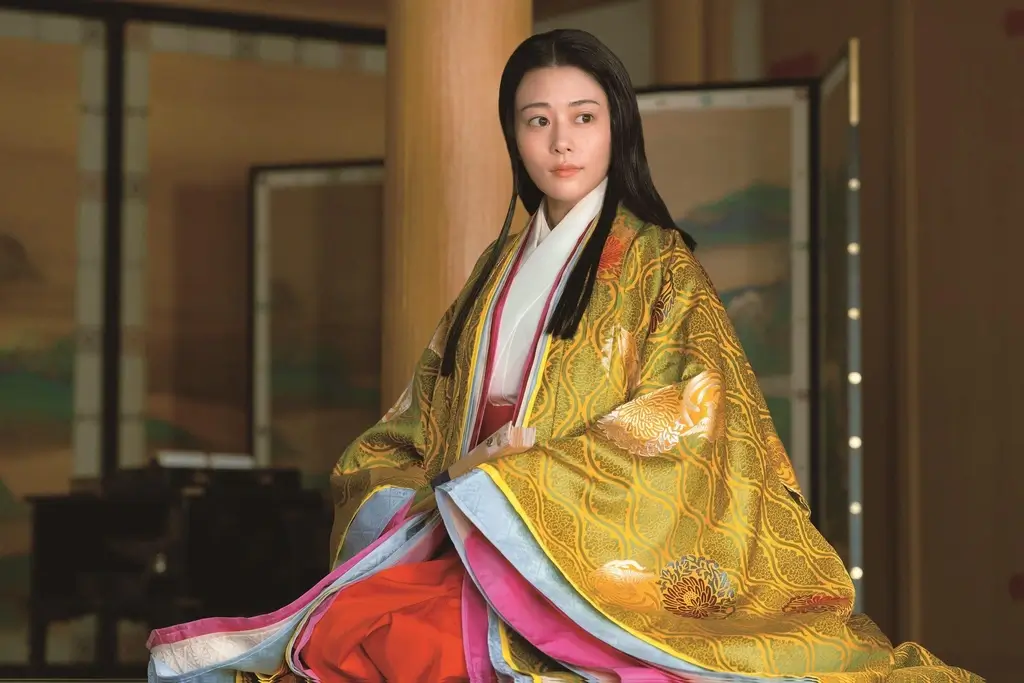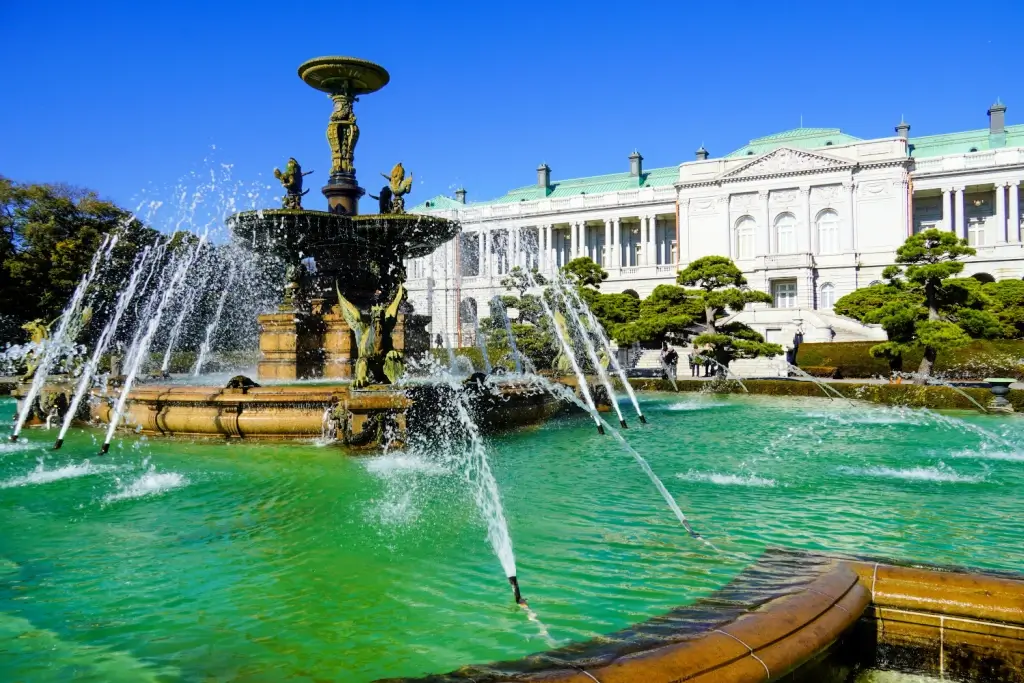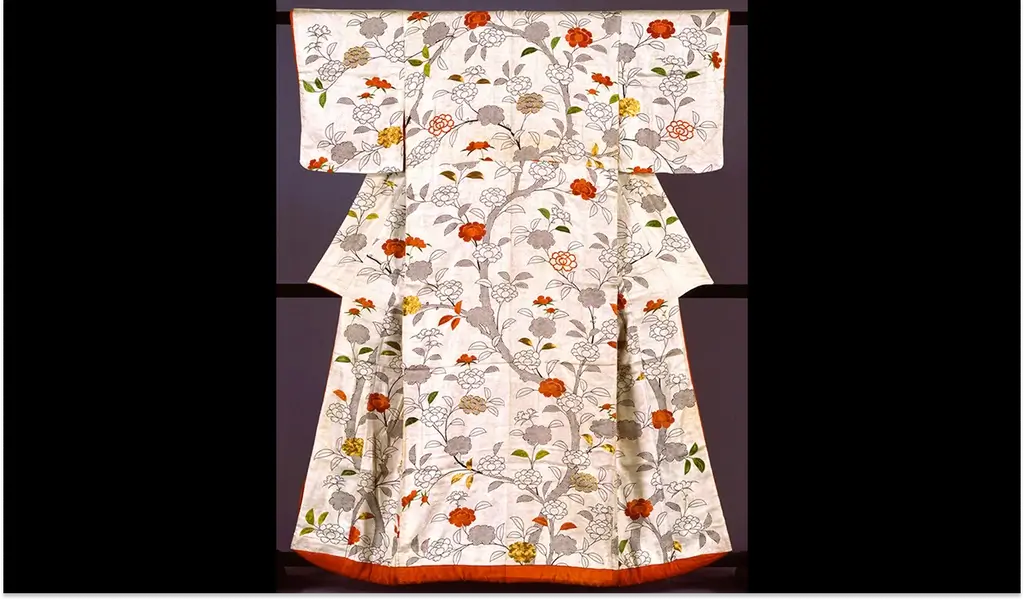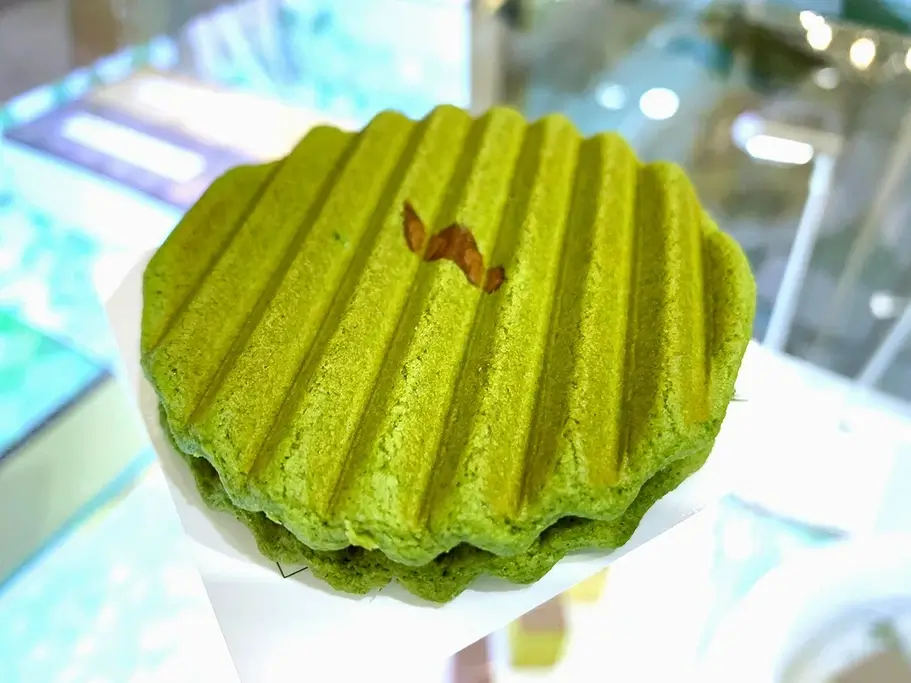Discover authentic flavors with Sakuraco
Enjoy new Japanese sweets, snacks & tea every month starting from $32.50 USD

While Christmas Day isn’t a national holiday in Japan, its popularity has grown remarkably. So, how did this tradition start, and what makes it so special in Japan?

The junihitoe is one of the most iconic garments in Japanese history. It was once worn by court ladies during Japan’s Heian period and remains a symbol of elegance, culture, and tradition.

The Japanese imperial family has withstood many challenges and is widely respected nationally and globally. However, despite being well into the 21st century, marriage and succession laws have remained unchanged.

Generally, the Japanese kimono is comfortable and straightforward, while others are so valuable that they can cost as much as a car. These traditional garments are enchanting because they connect people to Japan’s history and artistry.

Nagoya City is a gateway to the heart of Japan, seamlessly connected to Tokyo, Kyoto, and Osaka by the high-speed Tokaido Shinkansen. It’s a city where samurai history meets modern creativity, with delicious food, lively markets, and welcoming neighborhoods.

Fukuwatashi senbei is a popular Japanese treat that blends tradition and charm with a smooth, sweet flavor. Unlike typical senbei, which are savory rice crackers, these cookies are light, crisp, and filled with creamy goodness.

Have you ever wondered how ancient art can survive in a modern world? One extraordinary example is Nishijin-ori (Nishijin weaving), a traditional craft that turns silk into breathtaking works of art.
Enjoy new Japanese sweets, snacks & tea every month starting from $32.50 USD

